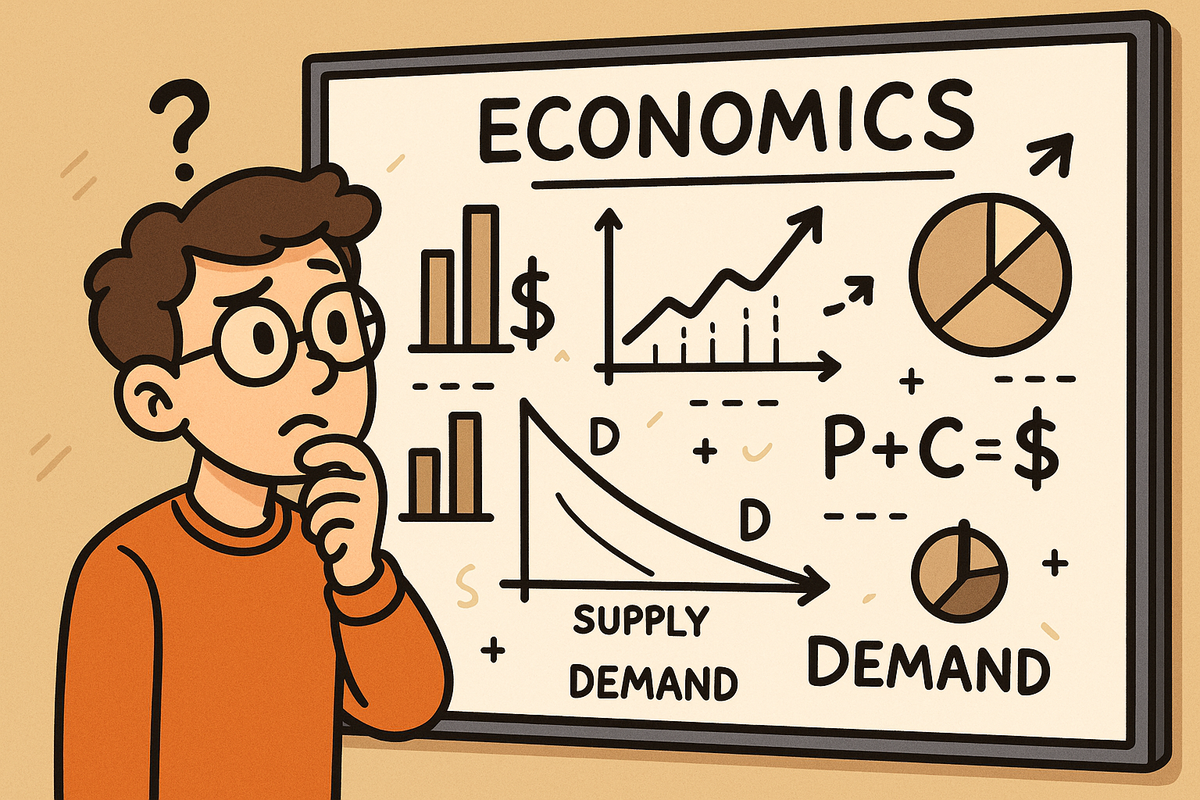Understanding Deflation: When Falling Prices Become a Hidden Danger
Deflation sounds like relief—but it can stall economies, shrink wages, and erode confidence. From China’s real estate slump to Japan’s lost decades, here’s what consumers should know.
Miika Makela & WBN News Abbotsford & WBN News Langley & WBN Finance & WBN News Global & WRNNews London Desk & WBN News Winnipeg
-
3 min read








